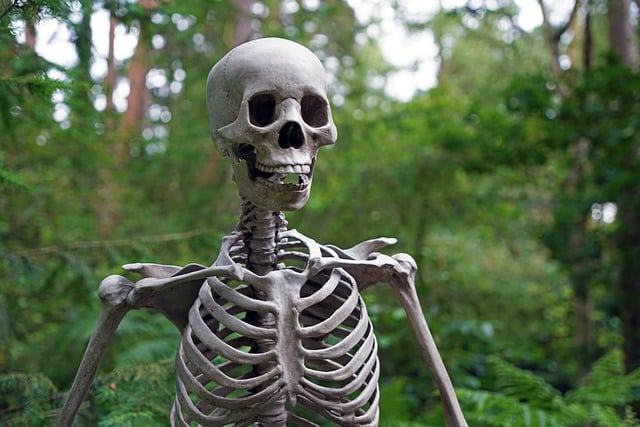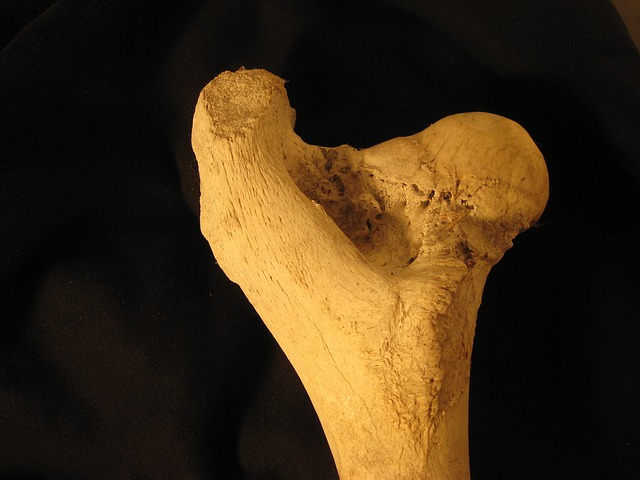
The humerus is the long bone between the shoulder and the elbow.
The term diaphysis comes from diaphysis , a word from the Greek language. This is what the middle sector of a long bone is called.
between the extremes
While the subject is growing, there are cartilages that separate the diaphysis from the epiphyses (the ends of the bone). Therefore, in a first stage there is a cartilaginous region that establishes the distance between the epiphyses and the diaphysis.
That area, as the body develops, begins to progressively ossify . In this process the bone extends until it reaches its maximum length.
It can be said, in short, that the diaphysis is located between the ends of the long bone. The section where the diaphysis joins each epiphysis is known as the metaphysis .
The shape of the diaphysis is cylindrical. The fibula , tibia , femur and humerus are some of the long bones of the human being , which have a diaphysis. While the diaphysis inside houses yellow bone marrow , the epiphyses have red bone marrow .
Fibula
Another name by which the fibula is known is fibula . It is a long bone found in the lower and outer sector of the leg. Its shape is circular prismatic, it has three faces and three edges. It is asymmetrical and even. Its articulation takes place with two other bones: the tibia and the talus. With the first it does so from the inside, through an arthrodia-type joint and giving rise to the so-called tibiofibular clamp ; with the second, however, it does so from below, in the joint called the tibioperoneo-talargaline .
Tibia
The second long bone that we mention among those that exhibit diaphysis is the tibia, whose shape is prismatic triangular and is located in the front part of the leg. It has two opposite curvatures , one outward and the other inward; both are concave. Its proximal epiphysis allows the knee to articulate thanks to its link with the femur; The distal one articulates the ankle along with the fibula.
Femur
This long bone is that of the human thigh, the second segment of the extremity of the pelvis, which is between the waist and the leg. It stands out from this list for being the most extensive, voluminous and resistant of the entire body, not only of our species but of almost all mammals. The muscles that are related to it are the biceps femoris, the quadriceps, the semimembranosus and the semitendinosus. Its average extension slightly exceeds a quarter of the individual's height. Thanks to this data, anthropologists can estimate the height of an incomplete body.
Humerus
It sits at the top of the clade of animals called Tetrapoda , which in a nutshell describes the presence of four limbs. In our particular case, we find it in the arm, between the shoulder and the elbow. In fact, in its etymology we find the Latin term umerus , which can be literally translated as "arm."
On the posterior surface of its diaphysis we find an oblique canal through which the deep brachial artery and the common radial nerve pass. There are also the medial and lateral borders , in which we can observe the distal portion of the medial and lateral supracondylar ridges, respectively.

The femur is the long bone of the thigh.
Diaphysitis
When inflammation of the diaphysis occurs, diaphysitis occurs. This disorder is usually due to an infection. Tuberculous diaphysitis , for example, is caused by tuberculosis (which is a bacterial infection).
Diaphysectomy
The medical procedure that involves removing a section of the diaphysis is called diaphysectomy . This technique involves surgically removing a part of the diaphysis as part of the treatment of a disease. Bone cancer , in this setting, can lead to the development of a diaphysectomy.
